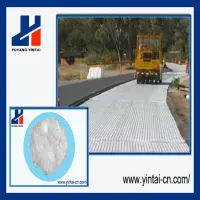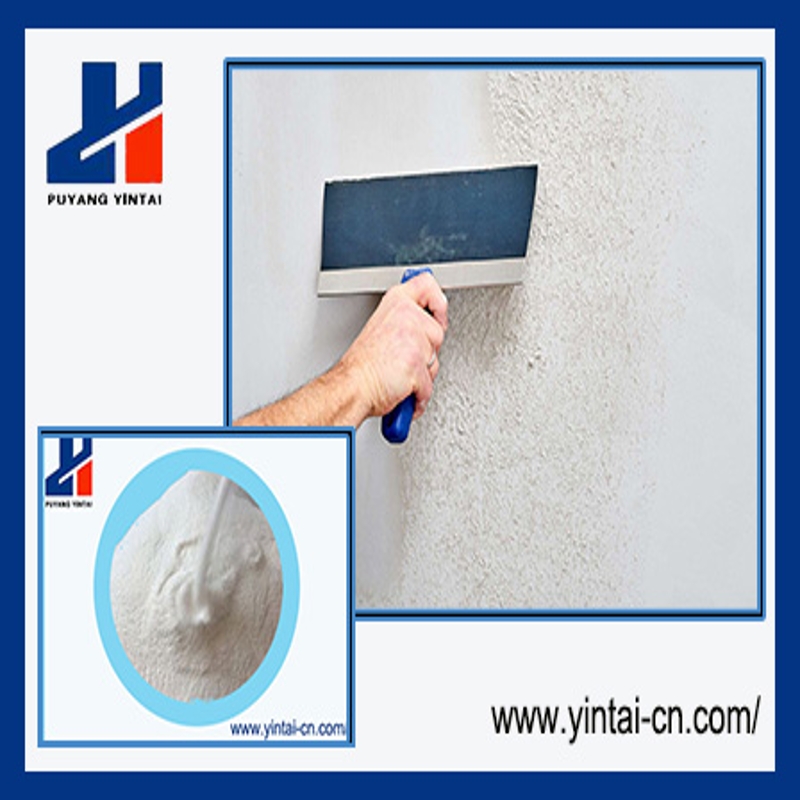-
Categories
-
Pharmaceutical Intermediates
-
Active Pharmaceutical Ingredients
-
Food Additives
- Industrial Coatings
- Agrochemicals
- Dyes and Pigments
- Surfactant
- Flavors and Fragrances
- Chemical Reagents
- Catalyst and Auxiliary
- Natural Products
- Inorganic Chemistry
-
Organic Chemistry
-
Biochemical Engineering
- Analytical Chemistry
- Cosmetic Ingredient
-
Pharmaceutical Intermediates
Promotion
ECHEMI Mall
Wholesale
Weekly Price
Exhibition
News
-
Trade Service
(5) Sample pretreatment
Collect and store solid waste samples in accordance with the relevant regulations of HJ/T20 and HJ/T298
1.
(1) Solid waste
Prepare solid waste samples in accordance with the relevant regulations of HJ/T20
(2) Solid waste leachate
Prepare solid waste leachate in accordance with relevant regulations of HJ/T299, HJ/T300 or HJ557
2.
(1) Solid waste samples
① Electric heating plate digestion method
Weigh 0.
Note 1: When heating, do not cause a lot of bubbles to emerge from the sample, otherwise it will cause loss of the sample
Note 2: If the content of lead, zinc or cadmium in the solid waste is high, the fixed volume of the sample after digestion can be determined according to the actual situation
Note 3: If you use a graphite digestion instrument instead of an electric heating plate to digest the sample, you can refer to the above steps
②Microwave digestion method
Weigh 0.
Table 5-11 Reference table of temperature rise program for microwave digestion of solid waste
(2) Solid waste leachate sample
.
① Electric heating plate digestion method
.
Measure 50 mL of the extract in a 150 mL Erlenmeyer flask, add 5 mL of nitric acid, and shake well
.
Insert a small funnel into the mouth of the triangular flask, place it on an electric hot plate to heat at 120°C, heat the sample to about 5 mL in a slightly boiling state, and remove it to cool
.
Add 3 mL of nitric acid and 1 mL of perchloric acid until the digestion is complete (the digestion solution is clear, or the color and transparency of the digestion solution does not change), continue to evaporate at 180°C until it is nearly dry, take it off and cool it slightly, add 1 mL of nitric acid solution, and dissolve in warming.
The soluble residue, after cooling, rinse the inner wall of the small funnel and the triangular flask with an appropriate amount of experimental water, transfer the full amount of the digestion solution to a 50mL volumetric flask, dilute to the mark with experimental water, shake it, and wait for testing
.
If the digestion solution contains more impurities, it needs to be filtered, centrifuged or settled naturally
.
②Microwave digestion method
.
Measure 50mL of the leaching solution (the volume of the leaching solution can be determined according to the volume of the digestion tank and the mass concentration of the sample, and the final solution volume should not exceed the limit specified by the instrument) into the microwave digestion tank, add 5mL nitric acid, and close the digestion tank according to the instructions
.
Place the digestion tank on the turntable of the microwave oven
.
Digest according to the heating program in Table 5-12
.
After the digestion, the digestion tank is cooled to room temperature in the microwave digestion apparatus and then taken out
.
Put it in a fume hood and carefully open the lid of the digestion tank to release the gas
.
Transfer the entire amount of the digestion solution to a polytetrafluoroethylene crucible, rinse the inner wall of the digestion tank with an appropriate amount of experimental water, merge the washing solution into the polytetrafluoroethylene crucible, and heat it to nearly dry under a slight boiling state on the electric hot plate
.
Rinse the inner wall of the crucible with an appropriate amount of experimental water, transfer the entire contents of the crucible and washing liquid into a 50mL volumetric flask, dilute to the mark with experimental water, shake well, and wait for measurement
.
If the digestion liquid towel contains more impurities, it needs to be filtered, centrifuged or settled naturally
.
Table 5-12 Reference Table of Heating Program for Microwave Digestion of Solid Waste Leachate
Note: Since there are many types of solid wastes, the organic content is quite different, the amount of various acids in the digestion can be increased or decreased according to the digestion situation; the temperature of the electric heating plate should not be too high to prevent the deformation of the PTFE crucible; when the sample is digested , It is necessary to prevent evaporation to avoid the loss of the elements to be tested
.
③ Preparation of blank samples
.
An empty container is used to prepare a solid waste blank sample according to the sample preparation procedure, and a solid waste leachate blank is prepared using an extractant prepared with experimental water
.
Related Links: Determination of Lead, Zinc and Cadmium in Solid Wastes Flame Atomic Absorption Spectrophotometry (1)







